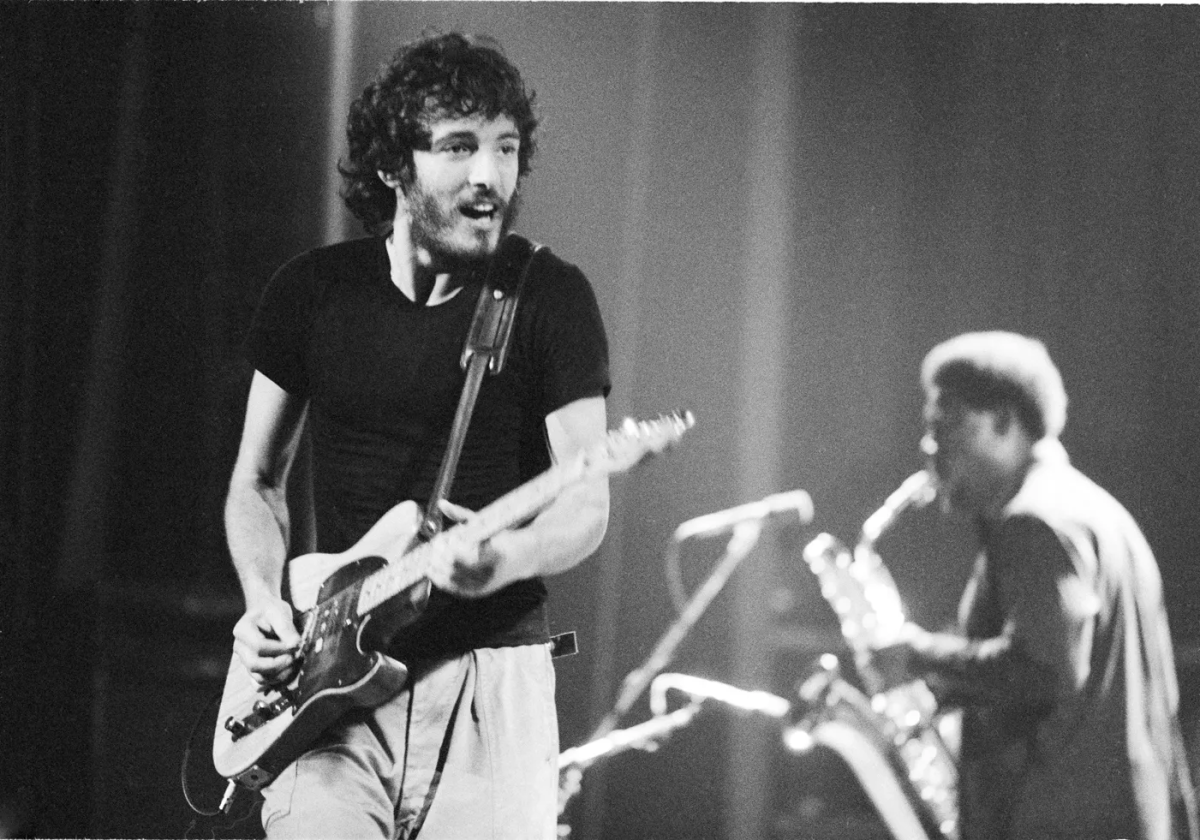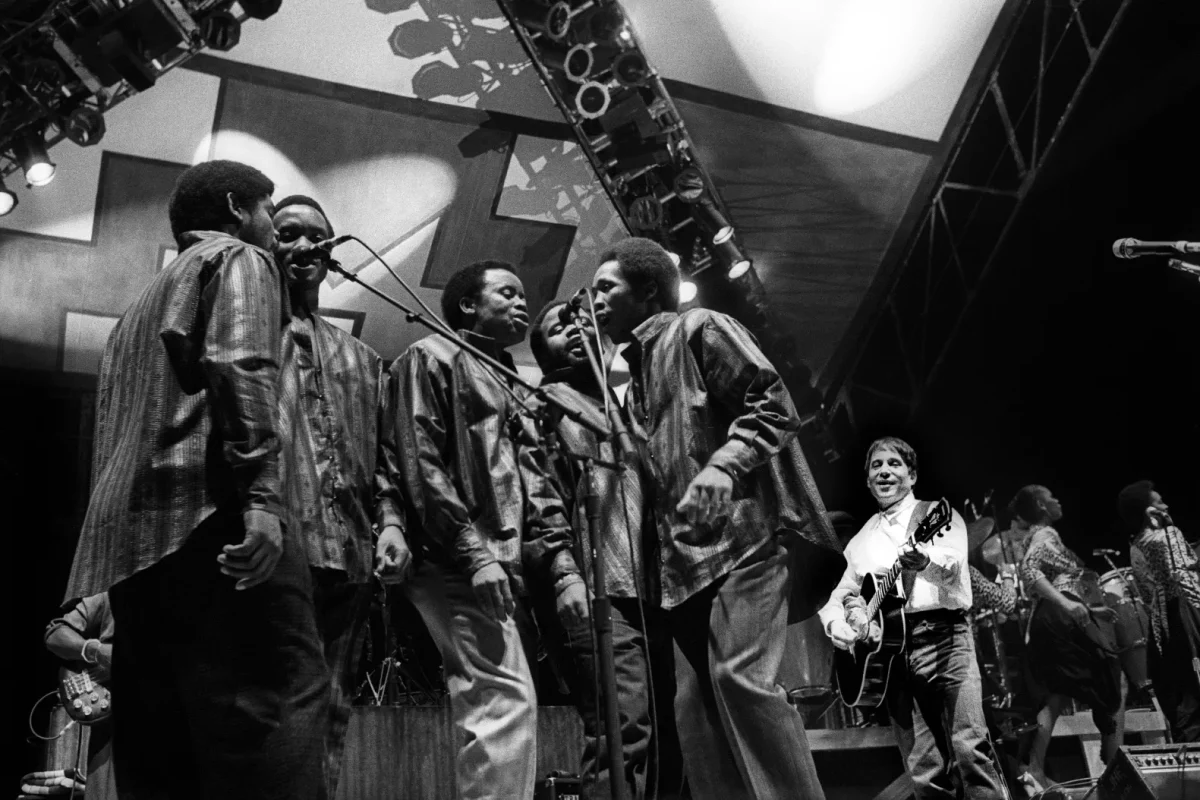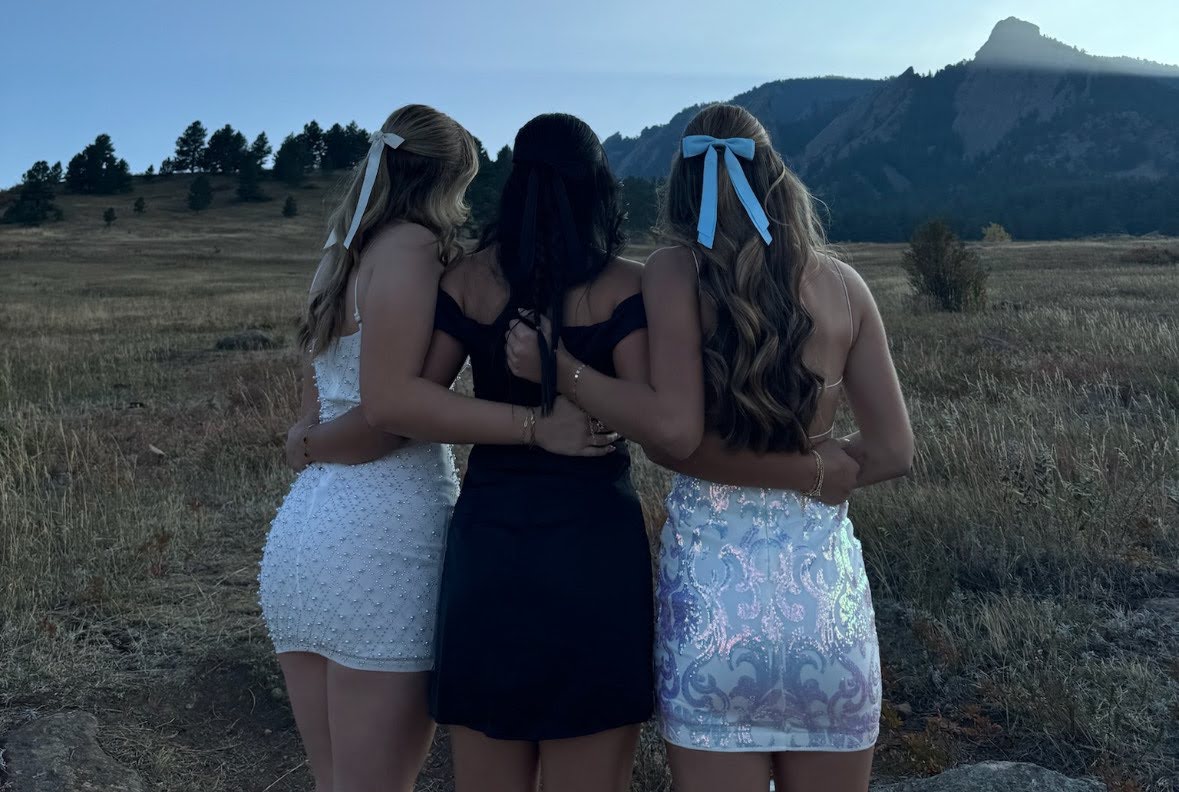
Until their decline in the early ‘80s, several of these “midnight movies” would become cult classics: notably Pink Flamingos in 1972, The Rocky Horror Picture Show in 1975, and Eraserhead in 1977; using a framework created in response to demand for Alejandro Jodorowsky’s acid-western El Topo. The popularity of El Topo essentially created the idea of a cult film.
El Topo was also extremely influential to the art of former Beatle John Lennon, so much so that Lennon and his wife Yoko Ono agreed to fund, along with Lennon’s manager Allen Klein, whatever Jodorowsky wanted to film. The result of this arrangement is one of the densest films ever made, yet also one of the most consistently interesting, The Holy Mountain.
The Holy Mountain is an extremely crowded movie. After viewing this film, I thought about specific moments more often than the whole, the Aztec lizards, the bit with the guns shaped like religious paraphernalia, the kind of hilarious ending.
Initially, Jodo’s sequences seem like they belong to several different movies, though, upon closer inspection, The Holy Mountain is fairly concise.
The film follows a fairly straightforward three-act structure.
Act One is focused on religious and political satire while the protagonist endures a cruel and selfish world and ultimately escapes it.
Act Two, my favorite act, mixes wild cultural satire and ’60s hippy philosophy while the protagonist prepares to climb the titular mountain.
Act Three focuses on the protagonist’s journey up the titular mountain.
I don’t exactly understand The Holy Mountain. I know many characters are based on Tarot Cards, and the mountain and the idea of conquering it are based on Eastern religion. Yet I don’t feel I needed to connect all the dots to find Jodorowsky’s message. To my estimations, The Holy Mountain is a film about how humans create a prison for themselves by trying to be a member of a culture or religion and how to break free from said prison.
No matter how successful Jodo is in trying to impart to the viewer what is knocking around his skull, his imagery is transcendent. He can brand imagery into a viewer’s head. Jodo may be more famous for his mysticism, though only by utilizing surrealist imagery in a vaguely approachable manner.
Jodo is one of the great surrealist filmmakers, only matched by David Lynch and Luis Buñuel, though both Lynch and Buñuel are more prolific.
Jodorowsky is an esoteric artist. Whether or not what he preaches is worth anything is debatable, yet his art is incredible. At his best, Alejandro Jodorowsky is nearly unmatched.
Side note: the comic Jodorowsky made with Moebius (Jean Giraud) around this time, The Incal, is excellent.
The Holy Mountain is quite difficult to find on streaming or at libraries. I have rented it on Amazon Prime before and it is still available there. Unfortunately, there is no free way to access The Holy Mountain. Good Luck!














